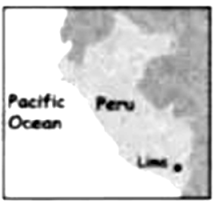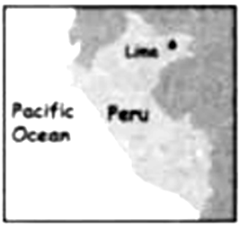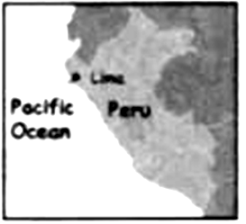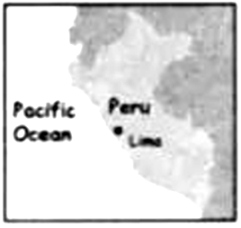"Motasharefon bema' refatek!" is often heard in Arabs' daily talks. This greeting in the language Arabic means "Nice to meet you!" You may find Arabic difficult to understand, but the following facts can offer you some basics.
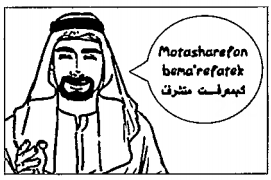
Arabic is s language of over twenty countries across the Middle East and North Africa, It's also one of the six official languages of the UN. Now about 400 million people worldwide speak Arabic.
Arabic has different varieties. One of them is Modern Standard Arabic. It is taught at schools in all Arabic-speaking countries and used formally over media. Colloquial Arabic is another variety which people in the Arab world usually use in their everyday life.
Arabic is written from right to left in a beautiful and flowing script. Written Arabic is formed from eighteen different curves with dots (![]() ) above or below. The curve (
) above or below. The curve (![]() ) with one dot below is pronounced /b/, two on top is /.t/, and three on top is /th/, while the curve (
) with one dot below is pronounced /b/, two on top is /.t/, and three on top is /th/, while the curve (![]() ) with two dots below is pronounced /y/.
) with two dots below is pronounced /y/.
A main feature of Arable is the throe letter root system. Almost every Arabic word is based on a root of three letters. If you take a root and add other letters to it, you can create many words related to the meaning of that root. For example, "k-t-b" is a common root in Arabic. Some words from that root are kitaab ("book") and maktaba ("library").
There are more facts about Arabic for you to explore. You'll find that learning about it helps open up door to a different culture and provides a new way of thinking about the world.
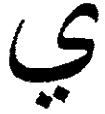 B.
B.
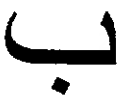 C.
C.
 D.
D.






